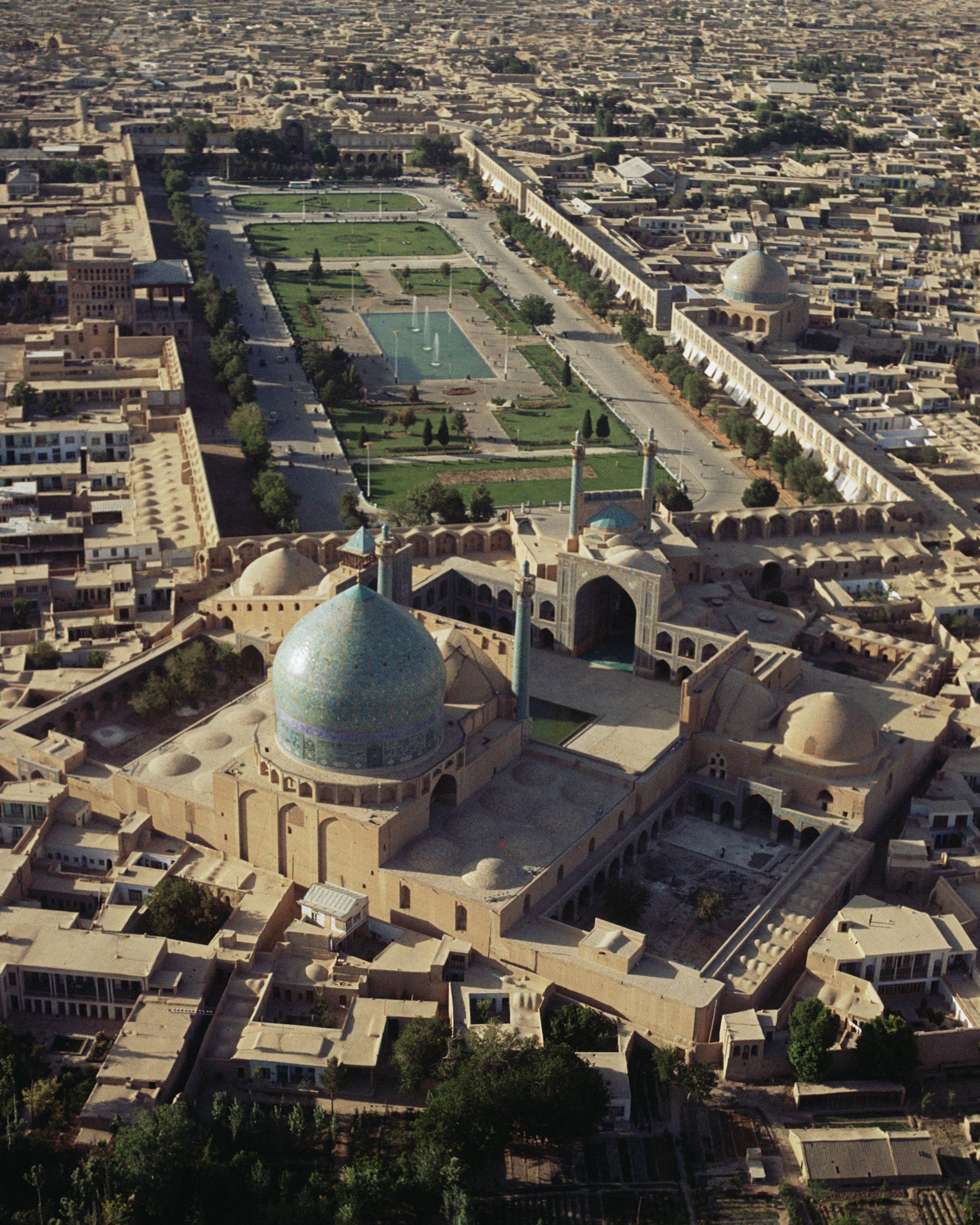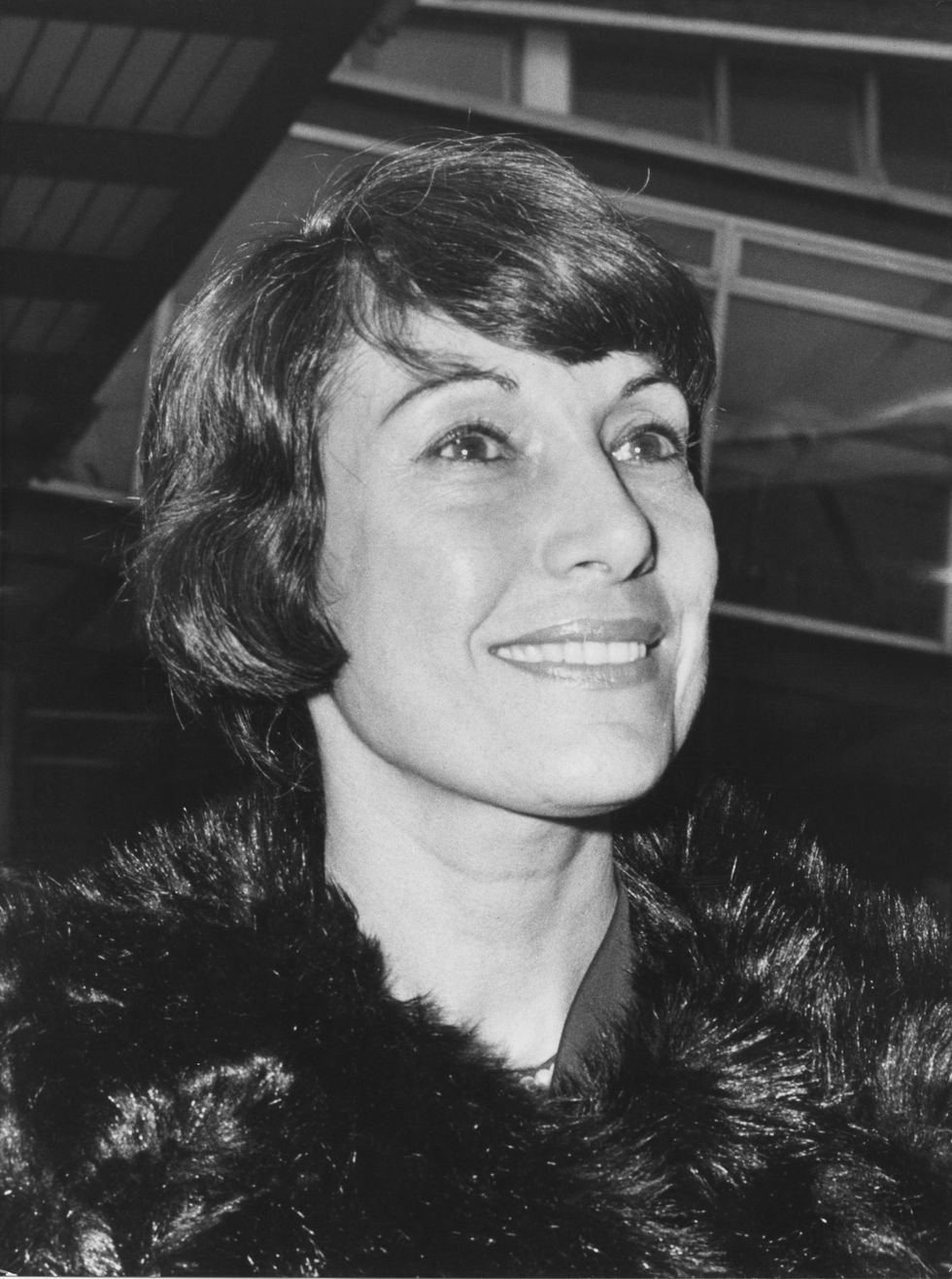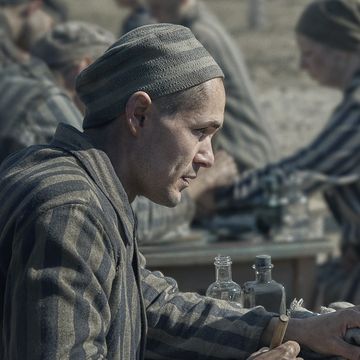It is cold in Isfahan on the first day of December. I am wearing a long, grey sweater — using it as a manteau, mandated by the Islamic Republic, to cover my body from prying eyes — that once belonged to my grandfather. I am here because my grandfather fell in love with a tall, beautiful girl from Isfahan.
My grandfather was Pakistani; Nusrat, my grandmother, was Kurdish-Iranian. “Joonam” or “my life” as I called her in Farsi, left Isfahan as a young woman when her father moved their family to Bombay and later, just before the bloody Partition of India, to Karachi. My grandmother’s life was one of exile and painful losses, but no matter how hard the world, she always carried Isfahan with her. “Isfahan nesf-e jahan,” Iranians say: “Isfahan is half the world.” But its weight for Joonam was even heavier.
She held her birthplace on her tongue, in the language she spoke in joy and sadness. She brought her home across the world in the dishes she cooked, in the burnt rice bottoms of tahdig, rosewater-scented pistachio gaz that she always had in her bag and bedside table, and the warm sweetness of fesenjān, an Isfahani delicacy. While northern Iranians cook the stew towards the sour, Joonam’s fesenjān was always rich and sugary.
Now that she is gone, I have inherited my grandmother’s memory, her country, her city, and even this, even fesenjān, her favourite food.
I have come to Isfahan wearing my grandfather’s sweater, which he passed on to my father and my father to me. But I have brought nothing of Joonam’s I realise as I step off the airplane, nothing except her eyes.
It is the last day of Muharram, a period of mourning for Shia Muslims who mark the martyrdom of Imam Hussain, the Prophet’s grandson. Today, on the 40th day, all museums and shops are closed. Men will gather at the mosque and offer prayers, people will wear black and beat their palms above their hearts. I imagine the day will be sombre and dark but it is not. Isfahan is bathed in sunlight. There are Ispahan rose bushes and persimmon trees plump with the orange fruit in the courtyard of the Abbasi Hotel, once a caravanserai; all along Chahar Bagh, couples cruise by on motorcycles, and young men lick strawberry soft-serve ice cream cones.
I walk through the gardens of the 17th-century Hasht Behesht Palace early in the morning expecting to see mourners but there are only old men, sitting on stone benches, playing chess. There are canopies of plane trees, yellow and red. It feels like autumn, not the dead of winter. I sit down on a bench and write. The men are quiet, they don’t speak, and all I can hear are the softly falling leaves.
Joonam died four years ago. But because we were separated many years before her death, I lived with our parting by learning to see my grandmother everywhere, in the shadows and the light. And here, in Isfahan, I understand the heritage of this culture of remembering.
Walking down Si-o-se-pol, built over the Zayandeh river by a general of Shāh Abbās, the Safavid King whose name is imprinted everywhere in Isfahan and whose face adorns even the tea cups and samovars, I stop by a sabil. Before Imam Hussain was killed, he and his followers were left to die in the desert and were denied water and food, and so, during Muharram, tents are set up to ensure that no one goes hungry or thirsty. I take a cup of darkly brewed tea, sweetened with saffron-infused sugar and think how closely food is linked to who we are, what we love and what we’ve lost.
That night, I have my first fesenjān. As delicious as it is, it is not a beautiful dish. The chicken is cooked for hours in black pomegranate paste along with toasted walnuts and spiced with cinnamon and nutmeg. It comes on a plate looking muddy and shapeless. In the world of Instagram, fesenjān would receive zero likes. Sweet and savoury, a delicate balance of the elements that ancient Persians believed enhanced the good body, it is served with buttered rice. Joonam ate her rice the old fashioned way, with a raw golden yolk dragged through the grains, but when I ask for a raw egg, the waiter at the restaurant gives me a funny look. This is not how rice is decorated in the city, he informs me.
No matter the mullahs and clerics and layers of clothing, Isfahan is a city of quiet romance. On the granite stone in the centre of the Jāmeh Mosque, drawn from Mongol, Seljuk, and Safavid architecture and style, a young man sings a poem by Hafiz that sounds out across the courtyard. Across Naqsh-e Jahan Square, a Unesco World Heritage Site, horse-drawn carriages jingle across the grounds where Safavid soldiers once played polo. In Bazar-e-Bozorg, Isfahan’s grand bazaar, saffron is sold in dainty little pockets. It has been cultivated in Isfahan for thousands of years. Don’t have too much of it, warns Ali, whose shop selling nomad-woven carpets sits right at the entrance of the square, it makes you very, very happy.
Every meal triggers a memory. Every scent is nostalgic. I never realised how much of my longing was forgotten in food. By day three, wearing my grey sweater against the winter chill, I discover that in Isfahan, I don’t have to seek out fesenjān: even the olives here are dipped in pomegranate paste and walnut powder.
I eat and eat and eat. Khoresht mast, yoghurt cooked with lamb, saffron and sugar till it has the consistency of ice cream. Is it dessert or a meal? I ask. Whatever you prefer, replies my guide.
Where are you from? everyone asks. Pakistan, I say, to blank stares. But my grandmother was from Isfahan, I add. And the smiles return. Of course, the locals say, “Isfahan nesf-e jahan.”














